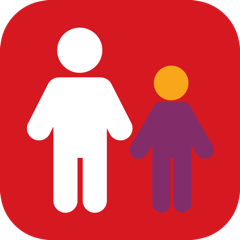
You are using an outdated browser. Please upgrade your browser to improve your experience and security.

LASS 11–15
Digital assessment for identification of dyslexia and other learning needs in ages 11-15.
Digital cognitive profiling of strengths and challenges for students aged 11– 15.
Assess your students’ literacy and cognitive skills to understand particular strengths and challenges that may relate to a specific learning difficulty, such as dyslexia.
LASS 11–15 comprises eight standardised tests to identify any difficulties related to phonology and memory, and that highlight any differences between a student’s actual and expected literacy levels.
Results are generated as graphical profiles that can be easily compared with percentiles and age equivalent scores.
Use LASS as a more detailed follow-up to Rapid.